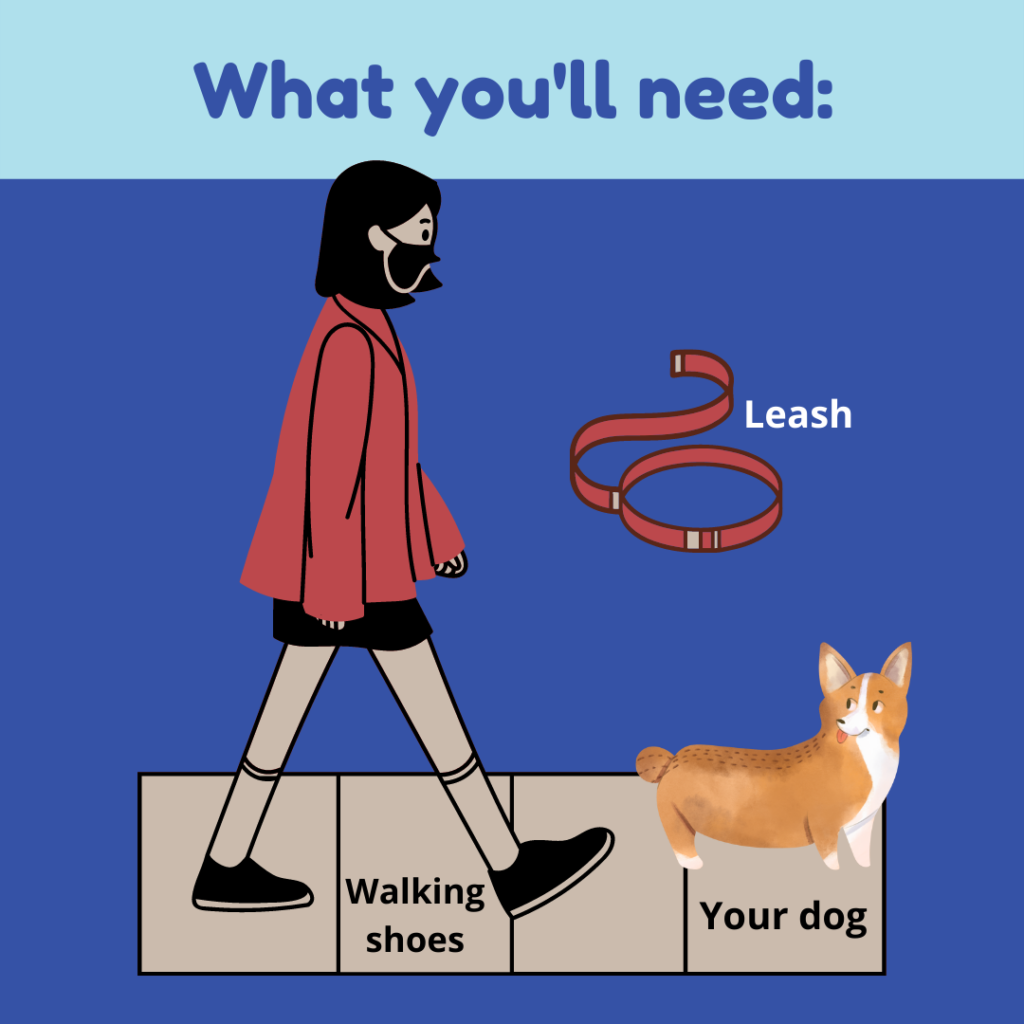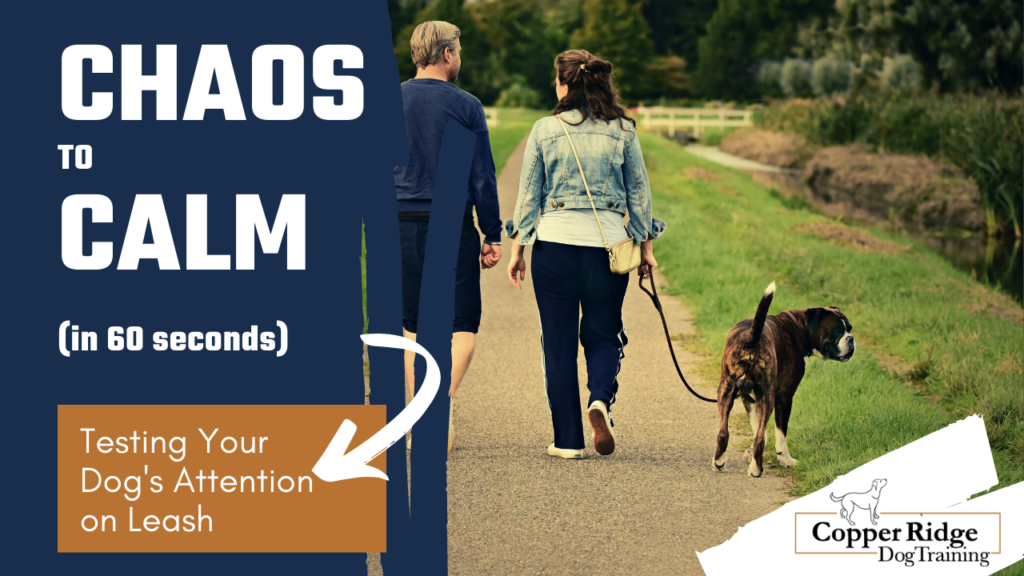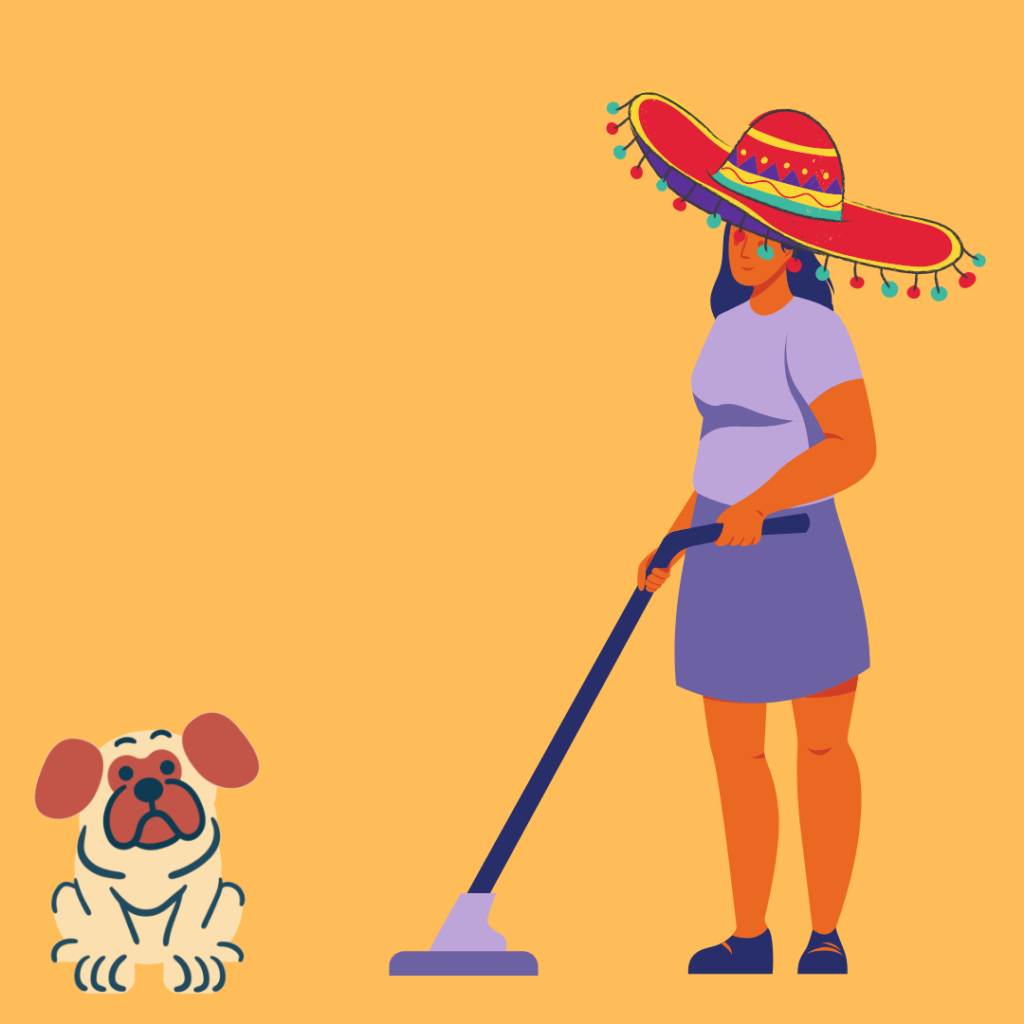We hear it all the time: “Crate train your dog!” But why? Is it really beneficial? Will it really help you and your dog? So before you decide if you should crate train your dog, let’s talk about the benefits of crating training.

Boarding

Are you going out of town soon for vacation, and needing to find a place for your pup to stay? Unless you have someone coming to your house to care for your dog, she will likely need to be kenneled in some capacity while you’re away. That might be in a crate or a larger kennel run, but regardless, your dog is going to be confined in some way.
And that’s simply for her safety and your boarder’s sanity. Bringing a dog into a new space without any boundaries or structure is a recipe for disaster. She doesn’t know the environment, and there’s probably a whole bunch of interesting smells and activities she can get herself into that just wouldn’t be safe. So, your boarder is going to crate her when unsupervised.
And if your dog has never been taught how to go in and out of a crate, or how to relax calmly in a crate, or how to be comfortable in a different space from us… then she’s going to have a really tough time while you’re away. Dogs that are suddenly crated without any experience can become very stressed out and could likely spend their crate time barking, panting, pacing, pawing at the doors, and trying to escape. And that’s not something that can be overcome in a few minutes – it takes time to get your dog comfortable in the crate.
So if you want your dog to be stress-free and relaxed while you’re doing the same on vacation, help her out and make sure she’s crate trained before you leave. You’ll both be happier knowing she’s comfortable.
Surgery or Injury

In the worst-case scenario where your dog needs surgery or has a serious injury, you’ll likely need to limit her movement for a while. This can be anything from a spay or neuter, to hip surgery, to dealing with an infection. Whatever the medical reason, your vet is going to prescribe lots of rest so her body can heal. And if you have a high-energy pup, it’s going to be really tough to get her to relax in your home without the use of a crate.
Enter the crate! There’s not a whole lot to do in there, other than lie down and take a nice long nap. Which is exactly what the doctor ordered!
But if your dog is already stressed out by being in the crate, and we then add in the stress of being in pain and confused because her body just doesn’t feel good, you can expect a really difficult recovery period. But if she already feels comfortable settling into her cozy crate, it will make her rest period that much easier on her (and you).
So if your dog has a surgery or procedure coming up, do yourselves a big favor and start working on crate training now.
Travel with Your Dog

Staying in a hotel? Visiting a friend? Taking an RV across the country? We sure hope that you can bring your dog with on such wonderful adventures. But we also hope you have a way to keep her safe and contained during big events or transitions. Here’s why:
When you go on vacation with your dog, you are completely throwing off her entire routine. Where she sleeps, when she eats, what activities she does throughout the day, who she interacts with. And while these are all really fun and exciting changes, they can also create a lot of stress for dogs who typically thrive off routine and structure. No routine? You’re going to see some problems in her behaviors.
But if you are able to bring along her crate, a place where she’s comfortable and understands the expectations, you can create a very comfortable and familiar routine for her in the midst of all of these changes.
- A long day on the trails? Go relax in your crate when we’re done to get some much-needed rest.
- Staying in a strange hotel? Sleep in your crate where you feel safe and can tune out the hotel’s unfamiliar noises.
- Visiting friends who have kids, dogs, and an overall busy house? Unwind in your crate where you can ignore all of the overwhelming distractions that might be too much to handle.
Bringing a crate on vacation (assuming your dog already knows how to relax in it), can change your experience from stressful and overwhelming, to fun and relaxing. And isn’t that what we all want for ourselves… and our dogs?
Behavioral Challenges

When we start working with a new client, we always ask if the dog is crate trained. Why? Because it can tell us so much about the dog and how they view the world.
If your dog doesn’t spend any time in the crate, she likely gets free access to your home, and her food, and water, and the opportunity to bark out the windows, and jump on guests when they come over, and… the list goes on and on. Without the use of the crate in the home, we can usually expect to see certain behaviors arise because your dog is overstimulated and simply doesn’t have the opportunity to fully rest and unwind.
Now this isn’t to say that all behavior problems can be solved by crate training your dog. Or that if your dog isn’t crate trained, you’re going to see lots of issues. But more often than not, dogs that are not crate trained do experience common behavior issues that we see repeatedly.
If you come to us to work on behavior issues, we’re going to recommend crate training your dog. It takes away the option to practice lots of unwanted behaviors. If your dog is relaxing in the crate, she can’t:
- Bark out the window
- Follow you anxiously around the house
- Chase squirrels in the yard
- Jump on guests or furniture or the counters or…
And the list goes on and on. So while we definitely need to address those unwanted behaviors and teach your dog better alternatives, we can completely remove the option to practice those poor choices in the meantime. So don’t rule out crate training as a fantastic tool to manage your dog’s behaviors until you can get her the training and help she needs.
Convenience

Sometimes you just can’t focus on what your dog is doing, but you also don’t trust her to be left alone. Or maybe you had a long day and you need ten minutes to yourself to unwind and breathe. Or perhaps you have people coming to work on the house and don’t want to worry about if she’ll run through the open door or knock over all of their equipment. Jumping onto a Zoom call for work and don’t want to apologize for your dog barking at the screen?
Any guesses on how we can manage these situations?
Crate training! Crates aren’t for bad dogs. Crates are a safe place to put your dog away when you can’t give her your attention. That’s it. So if you’re worried that you will be too busy or distracted to give her your attention, there is absolutely nothing wrong with giving her some rest time in her crate. It’s good for her, and it’s good for you.
Conclusion
We’re going to sound like a broken record here, but crate training is such a valuable skill for your dog to have. Whether it’s for safety, for working on certain behaviors, or simply to give yourself a mental break, your dog’s crate has so many valuable uses.
And there are loads of dog trainers out there that are skilled in helping you and your dog get comfortable with using the crate. Remember, it can be really scary and stressful to be shoved into a crate when your dog isn’t used to it. So you definitely want to take your time and make sure your dog truly feels comfortable and safe in her crate. And if you don’t feel comfortable teaching that on your own, please reach out for help.















